Much of Woolwich barracks to be sold – though King’s Troop to stay
The ongoing retrenchment of the military from Woolwich is set to continue as much of remaining barracks site is to be sold. Earlier today the minister for defence procurement Jeremy Quin stated the MOD “will be enclaving Napier Lines at Woolwich Barracks as the long-term home for The King’s Troop Royal Horse Artillery. The disposal of the remainder of both sites will continued as planned.”
The King’s Troop are based at a small corner of the site nearest Queen Elizabeth Hospital – itself a former military hospital until the millennium.
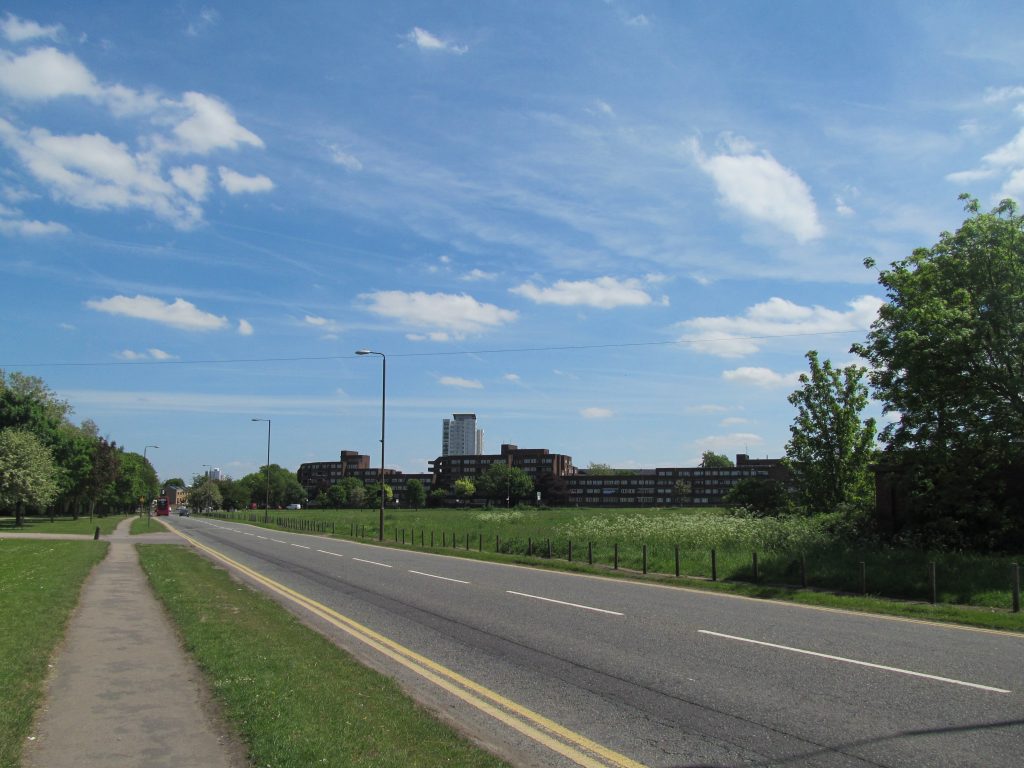
That leaves much of the rest of the site to be sold including some of the most iconic buildings. The Royal Artillery were located on site from 1776 until 2007. The barracks houses the longest continues building frontage in London at 329 metres long overlooking parade grounds.
That building is listed so will remain, with much of the site behind likely will be levelled with thousands of homes likely.
The barracks was actually substantially rebuilt after 2007 when the Royal Artillery left, though much of those new builds and storage units will have a short self life now a sale is confirmed. The First Battalion Royal Anglian Regiment moved to the Barracks in 2014.
Housing
It’s almost inevitable that housing will be built on most of the barracks – as has happened over previous decades as various MOD plots disposed in the area. Public land could be used – at least in part – for truly affordable social housing and reduce pressure on taxpayers via housing benefit to private landlords, but instead it appears will be sold to private developers.
That will do little about ongoing problems, with private rents so high in many places that even those on average wages struggle to live, taxpayers are paying billions of pounds per year to private landlords. The total doubled from 2006 to 2016 reaching £9.3 billion a year. Chances to use large expanses of public land to help rectify this are missed again and again.
Hopefully if private developers do buy, the whole site will not be sold to one who will build at a snail’s pace. Breaking up plots to various developers would make more sense.
Past land sales
The latest sale continues a long line of military land disposals extending from Woolwich Dockyard to what is now Thamesmead.
One of the most well known is the Royal Arsenal which finally closed in the 1990s. More than 20 years on and new homes are still being built with only one developer- Berkeley Homes – in charge.
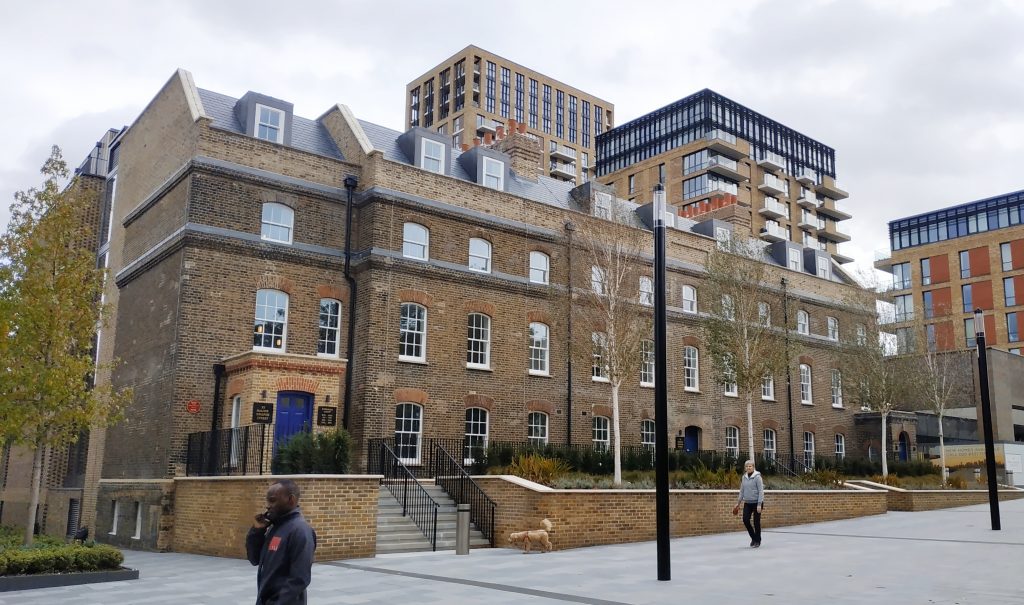
Fortunately many good buildings are being retained, though even now it’s a close run thing with the listed Officers’ House in line for demolition as recently as 2015. A campaign – focused online – ensured that did not happen.
Heading further back a few decades and much of Woolwich’s history was erased to a greater degree. Cambridge Barracks was also almost entirely levelled. The site once housed the Royal Marines beside Francis Street.
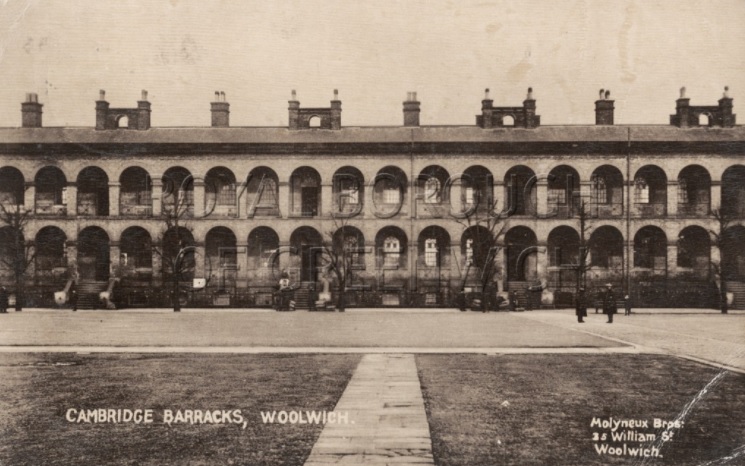
The Army left in 1967 and despite being listed, much of the site was demolished in the 1970s.
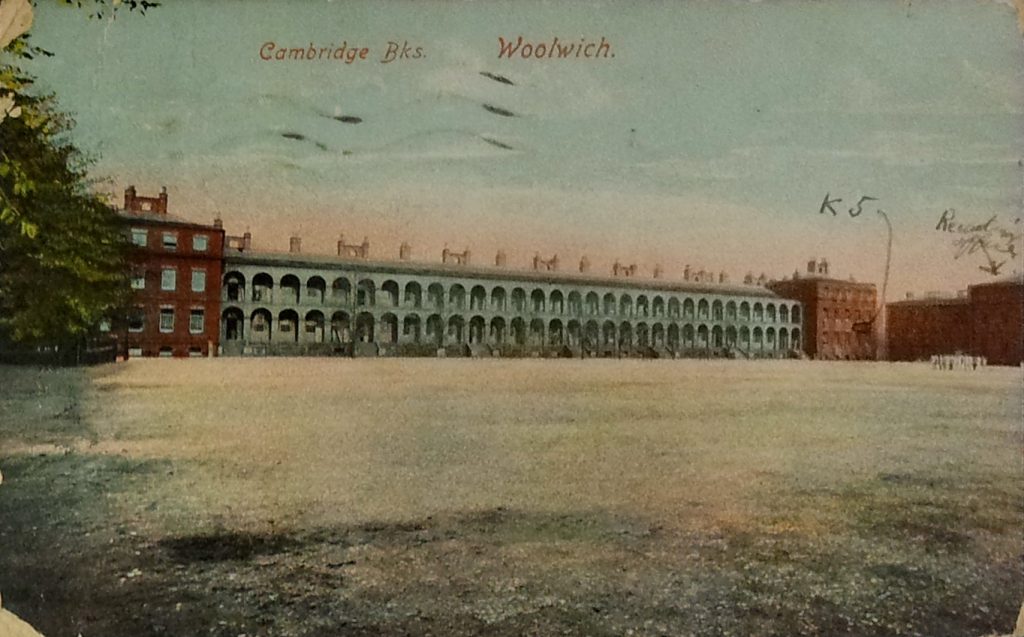
If you look closely you can see small parts of the past in the area including parts of the perimeter wall. An entrance arch also remains.
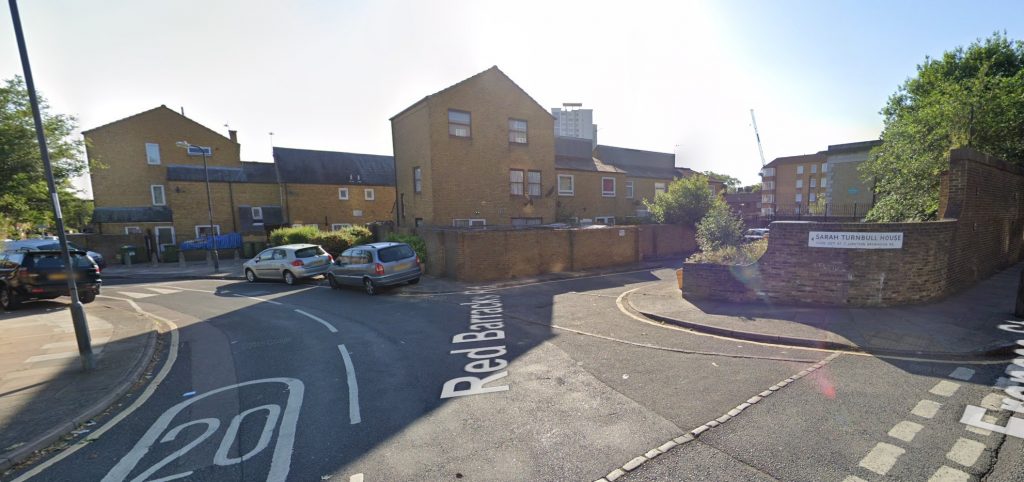
An adjacent site, the Royal Infirmary and Red Barracks, was also demolished in the 1970s. It was said to have “the most conspicuous and striking feature of the town of Woolwich.” It’s amazing really how so much of the town’s past was ripped out and known by so few today. Stunning buildings were flattened freely for years.
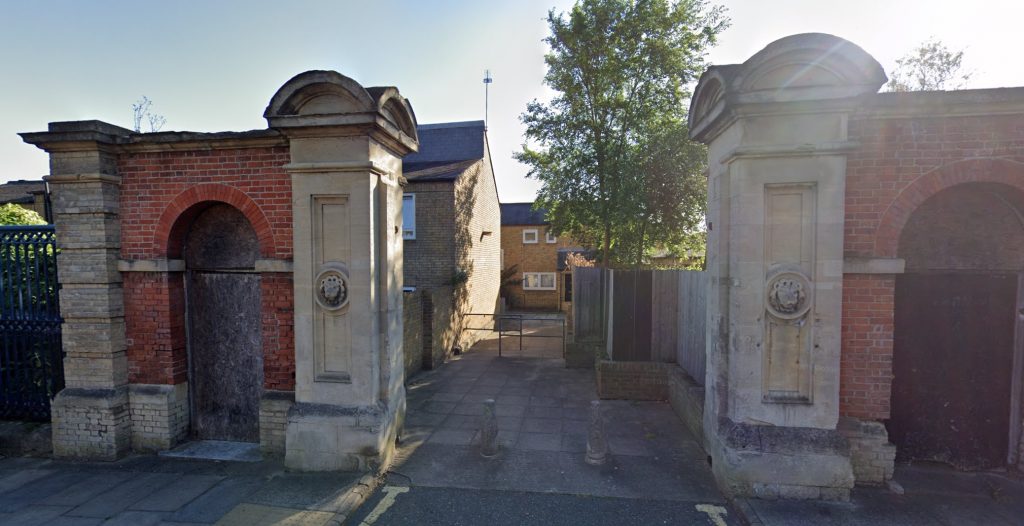
Woolwich Dockyard was turned into housing in the 1970s, though again some building continues even to this day with Mast Quay towers now rising. Much of the land was used by the MOD until the 1960s. In the 1970s, 403 new homes were built between 1974–80.
The Royal Herbert Hospital looked in line for demolition in the 1970s but was saved and converted to housing.
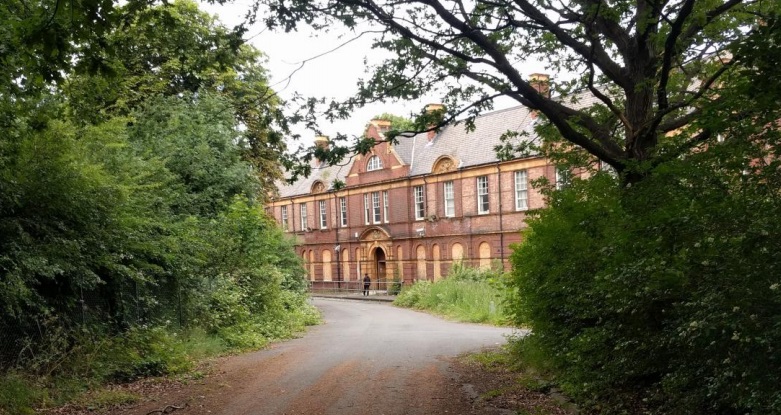
The nearby Victoria Building was sold by the MOD in 2013. That is now Greenwich Free School.
Woolwich Common is also owned by the MOD – who have been criticised for failing to keep the land in good condition. It’s likely neither Greenwich Council or the MOD want to run it given associated costs. How that bodes for maintaining the site remains to be seen.
The MOD are aiming to complete the final land sale in eight years time. It’s possible areas could be progressively sold before then.
- I run the site single handed bringing and unpaid bringing you local news. Help support the site by becoming a sponsor at Patreon or make a one-off donation at Ko-Fi and Paypal.
- There is also now a From The Murky Depths Facebook page. Click here to follow and see stories on your Facebook feed.
Running a site alone takes time and a fair bit of money. Adverts are far from enough to cover it and my living costs as a private renter.
You can support me including via Paypal here Another option is via Patreon by clicking here You can also buy me a beer/coffee at Ko-fi here There's also a Facebook page for the site here Many thanks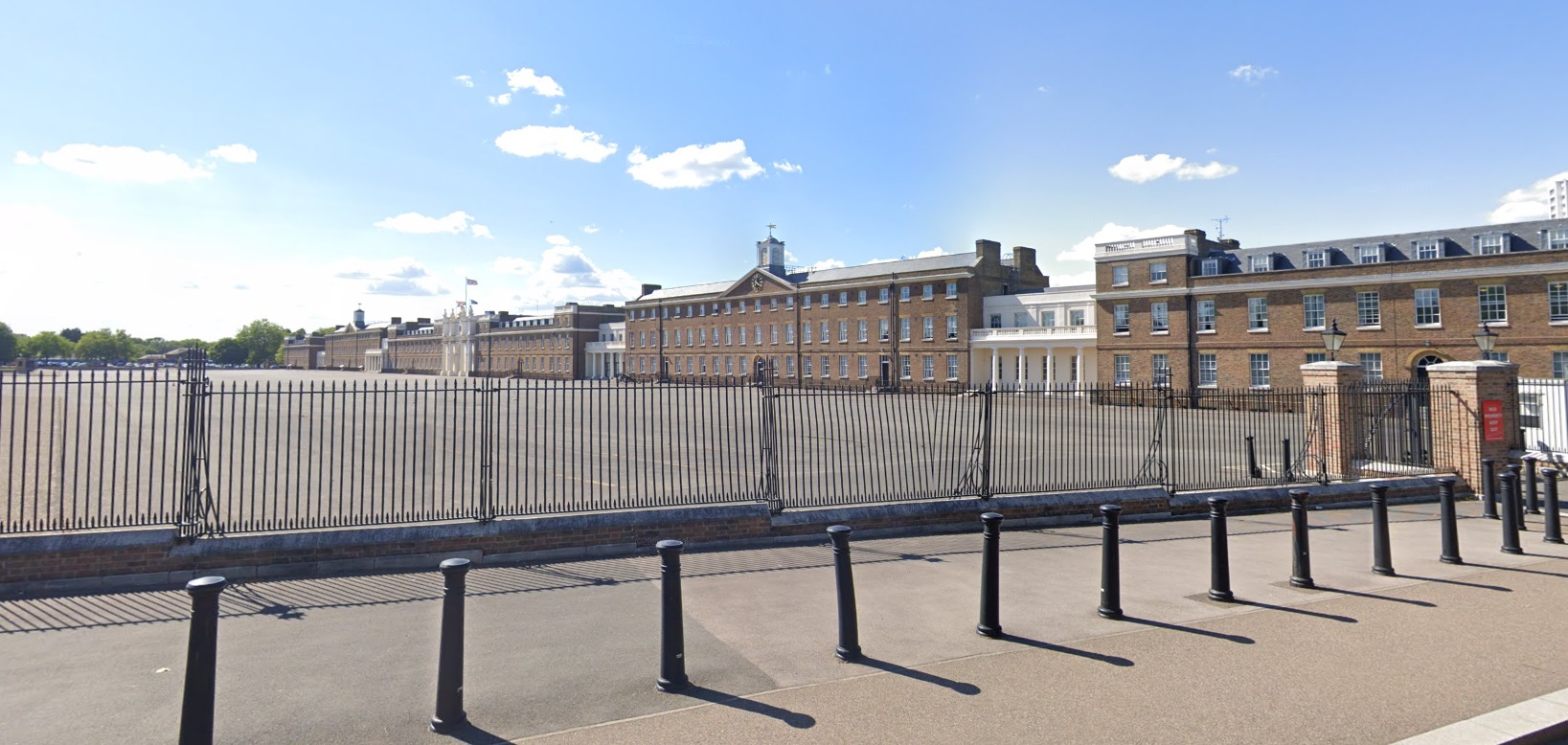

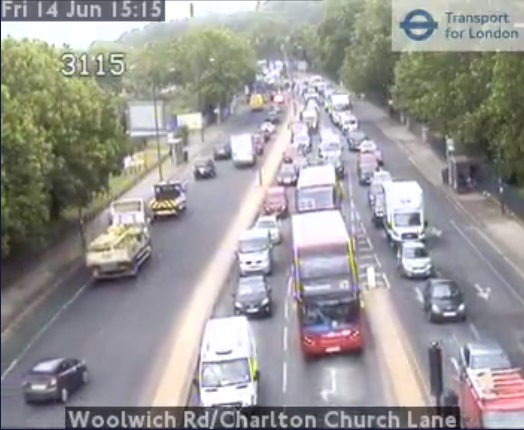
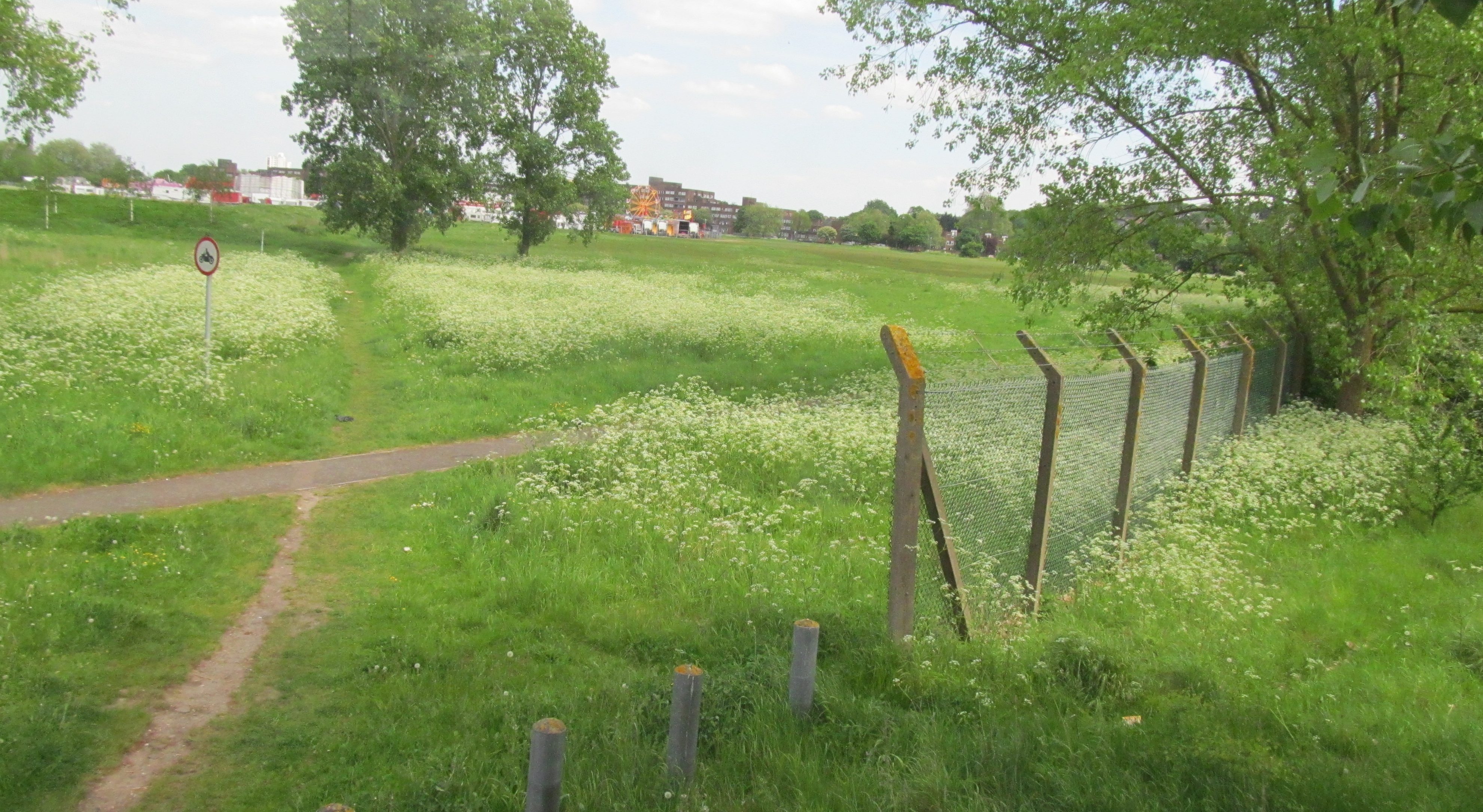
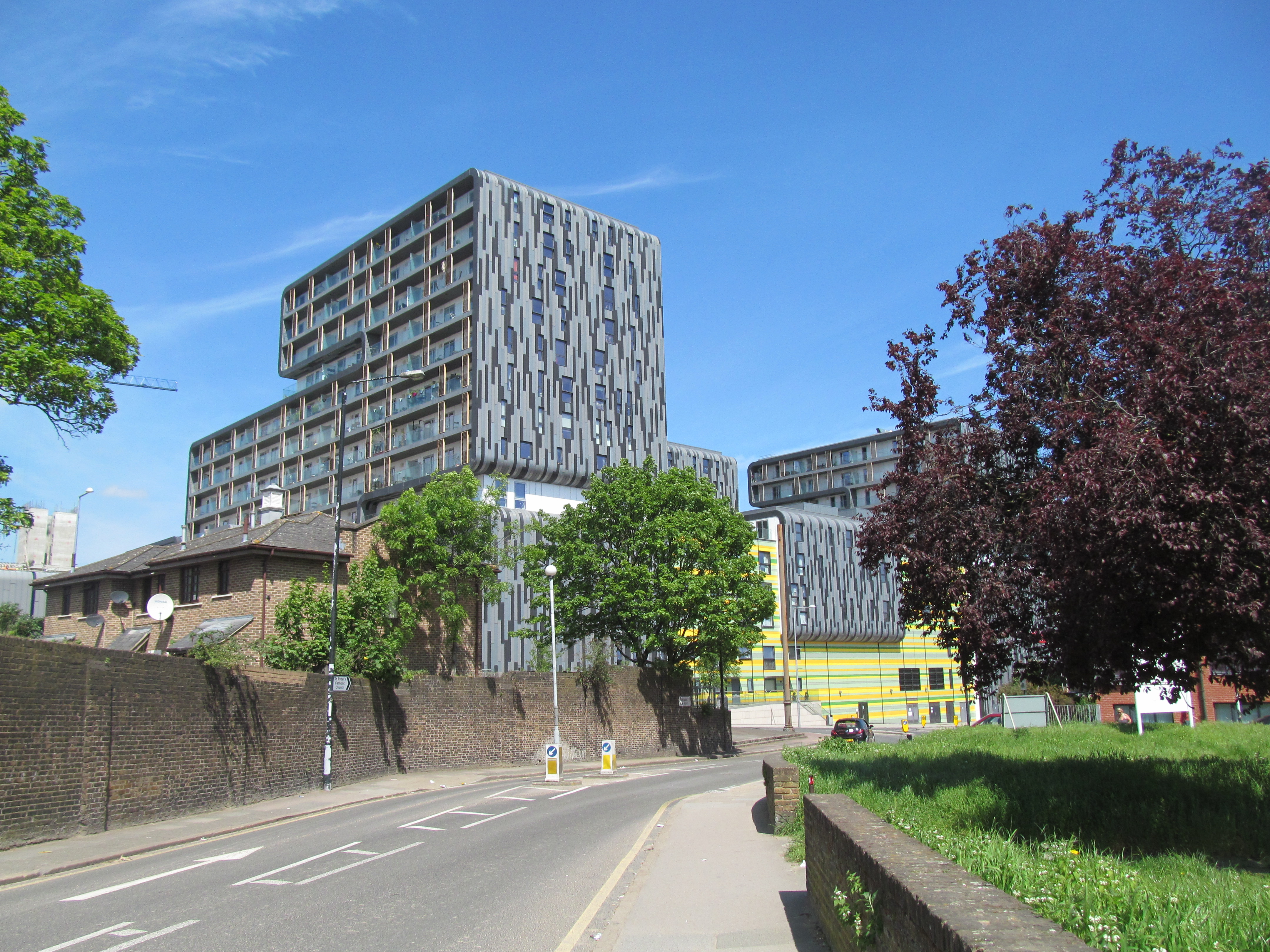
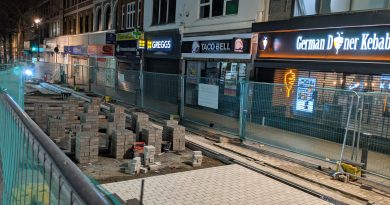
Looking through your photos the word Conservation is not a word in use in Greenwich Council…..
Don’t suppose the MOD have the slightest interest in Conservation either….
Always seems to me that where old buildings are being converted into housing or some other purpose, that Demolition is never considered but with Developers…Demolition is always No 1.
Woolwich Common ….perhaps the largest green community used part of land left in Woolwich and I’m sure the MOD….Greenwich Council…Developers… view it as prime available building land….we are taking back control of the UK EEZ but hardly anyone is using the word Conservation…just opportunity to catch more fish
One aspect of all local Government is always the same short termism
This is a disgrace! It is part of our heritage and should be preserved!! Though I don’t suppose the “New Englanders” (that have recently arrived in the past few years!) have any feelings about that?
I used to be taken to the Tattoos on Woolwich Common when I was young and took my own children to the Artillery at Home every year, I worked there in the MOD and went to the Military hospital when I needed treatment, (If they were running late you were given a cup of tea or coffee). We will never see that kind of care again? So sad. Sold out for a rotten quid!
So much has been lost around Woolwich as the UK went from an empire power, and then the Cold War ended, that it was probably inevitable this would happen. The country doesn’t need so many armed forces personnel – and automation will keep that going in future. The current squabbling between the MOD and Treasury made the sale almost certain.
I just hope now the land is well used. We don’t need it all in the hands of one developer who builds slowly to maintain ridiculous prices for the next 30 years – though that is very likely.
Update – what is a “New Englander”? I skimmed read and thought it was some American thing at first. If you are talking about migrants, I think many people like the Nepalese (wjth Gurkha links) would have more feelings to the military than most locals.
It is a total disgrace DWW,
I am sure the buildings could be retained by the MOD and used for other purposes. The Army as always been a major part of Woolwich and must remain so. This is a part of our heritage and must remain so.
Like yourself DWW I was taken to the Tattoos on Woolwich Common and attend the Armed Forces Days (Pre-Covid).
I have relatives who have served in the Armed Forces over many years so the Barracks are very important to myself, my family and the wider community.
If all else fails why cannot the buildings that are to be sold be converted in to flats for ex-service Personnel to rent rather than see many of them become homeless when they leave the Forces. Lets give out Armed Forces the respect they deserve. We owe them and I for one cannot thank our Armed Forces enough.
Much of Georgian and Victorian Woolwich, including the Cambridge and Red Barracks, was demolished for social housing — do you think the wrong areas were (and are being) unnecessarily sacrificed for essential social needs?
It’s not impossible to provide low cost housing and retain elements of good design and not harm a town’s heritage. Particularly in the 1960s and 70s when limits on local authorities were far less strict than today (though thankfully some have been lessened in the recent past). In Woolwich it was a philosophical drive against the past in some instances which did great damage. Conversion would have been better in part than comprehensive demolition. The estates are poorly designed in some respects – the images show how entrances are poor. Though some aspects are good. I know people in the area and was there a fair bit over the years both inside and around the homes. Of course there were many things in flux at the time. The council were trying to attract offices in certain areas like the dockyard for employment to substitute job losses from the MOD leaving. Eventually they dropped that.
Could more have been retained and reused? That did happen in other areas.
There’s other serious implications.
In a national emergency there are hardly any army personal based or able to be housed in London to help out. The pandemic has shown how this country can no longer respond to a national crisis in a coordinated effective way.
The loss of jobs in Woolwich. Looking at the census of 1911 in my street in Greenwich half the occupations were related to Woolich and the armed forces.
It is the army which owns loads of green land around the barracks, all oublicalpy acccesssible ; Woolwich Common, Napiers Wood, these will be next to be sold.
The army personal bring a diverse community to this area, when they go the area of Woolwich will be even more composed of the unemployed living in cheap rented housing.
Your are not wrong Mave. As I have said many times before and I know others have also said in the past. Both Defence (Armed Forces Personnel) and the NHS should be ring fenced from cuts. These are essential services and we cannot do with out them.